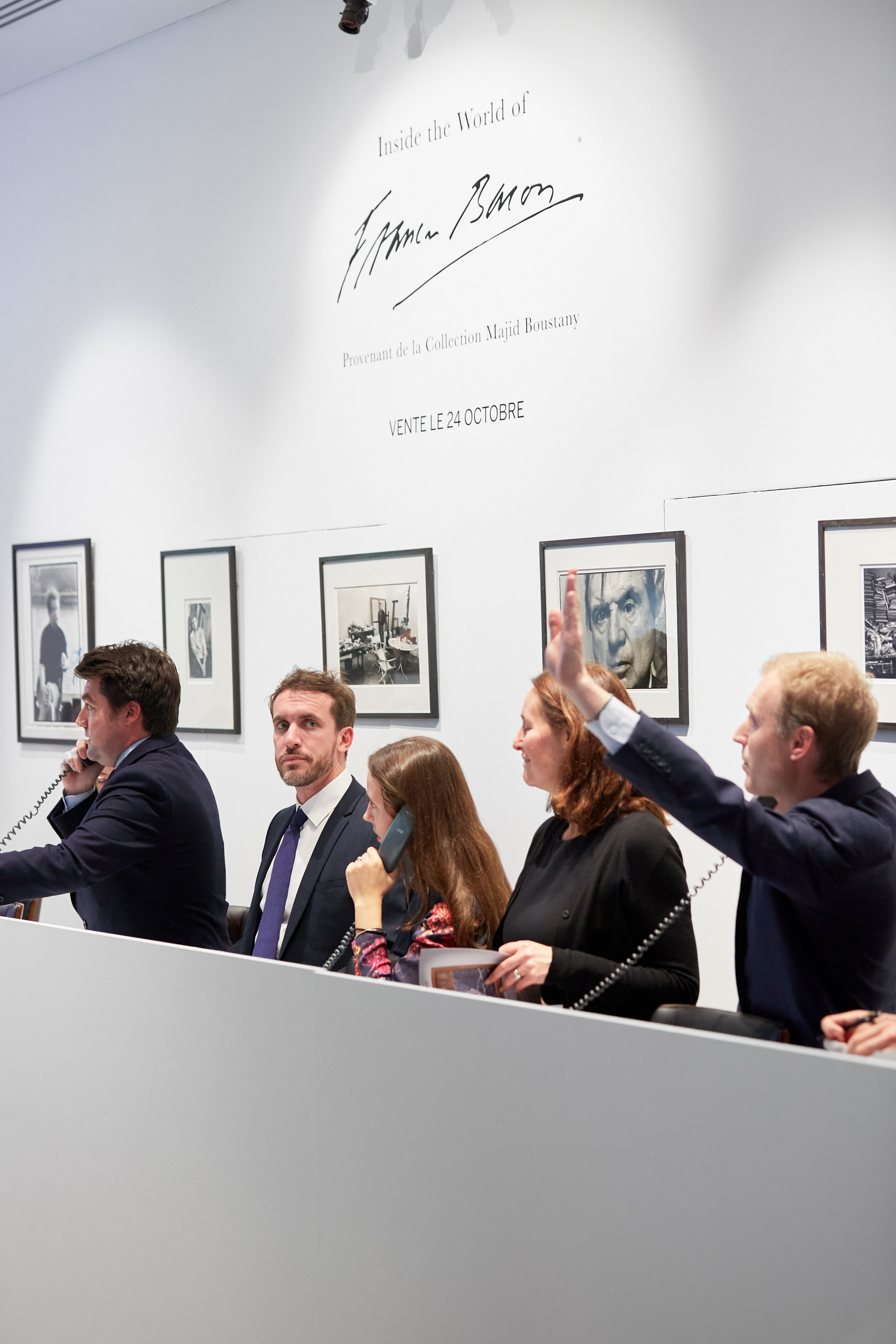How the art market continues making millions at fairs and auctions, despite the pandemic and global cost of living crisis – artwork sales are rising, with contemporary artists leading the pack

Whatever economic woes the world may be facing, contemporary and ultra-contemporary artists continue to be in high demand, with prices frequently leaving estimates in the dust at fairs and auctions. It’s certainly bucking global trends – art sales were expected to plummet following years of pandemic restrictions, yet after Sotheby’s reported worldwide sales of US$4.8 billion in 2019, in 2020 this figure grew to US$5.5 billion, and last year to US$7.3 billion.
How Instagram became the modern artist’s most important canvas
On top of that is the curiosity surrounding NFTs – notwithstanding the recent falls in digital sales – plus the auctioning of large collections, such as The Macklowe Collection, which came on the market as a consequence of a divorce settlement.

All this interest defied the expectation of a fall in sales. Isobel Gooder, associate specialist in contemporary art at Sotheby’s Paris, noted the 2022 iteration of the “Now and Contemporary Evening Auction” – which achieved a total of US$107.4 million – was the best in seven years. “Marking the finale of London’s Frieze week, an evening of record-breaking results indicates the strength and confidence of the current market in the aftermath of the pandemic,” she says.
An evening of record-breaking results indicates the strength and confidence of the current market in the aftermath of the pandemic
“This follows significant growth in ‘Modern & Contemporary’ in Paris. [In 2021], auction totals in this category reached a record high of US$230.8 million, a total 50 per cent higher than any previous year.”
Art Basel: The epic public installations you shouldn’t miss around town
“Two years of limited travelling has made buyers confident with online sales,” reasons Alice De Sanctis, contemporary art specialist for Noûs Art. “However, there are no client-to-computer relations; the web is a means of communication and every transaction is always accompanied by a human counterpart, creating a conversation is what makes the buying experience interesting.”

“The Now Sale” – featuring never-before-auctioned works created since 1980 – earned US$13.7 million, surpassing the presale estimate of US$9.6-US$12.9 million. “A recent Artprice report focusing on auction results for works by artists under 40 reveals the ultra-contemporary art market is booming,” says Gooder.
How Hong Kong’s artist residencies are boosting local creative talent

Sales at the Hong Kong branches of Sotheby’s, Christie’s and Phillips have been particularly strong, totalling US$50.6 million in the first half of 2022, a quarter of the world’s auction turnover from ultra-contemporary art. The most valuable contemporary sales in Hong Kong have included works by the likes of Lucy Bull, Loie Hollowell and Mr Doodle.
Creating a conversation is what makes the buying experience interesting
“Figurative painting is having a real moment, and abstraction seems to be on its way back,” observes the global communications manager at prominent art gallery Massimo de Carlo, who asked to remain unnamed.
De Sanctis adds, “There has been a great focus on established names and curated collections. Take for example two great collector’s sales – Hôtel Lambert at Sotheby’s and Ann & Gordon Getty Collection at Christie’s – people don’t just want to bid, they want to see the backstory, the curatorial eye behind the sold lots.”

Paris is lately re-emerging as a central artistic hub, driven by its high-quality exhibitions, art fairs and the opening up of new gallery spaces. “Specifically in Paris – where Massimo DeCarlo has been operating since its opening in February 2021 – we were excited to witness other international galleries open new spaces in the city, which has definitely contributed to bringing energy to the contemporary art scene,” a gallery spokesperson observes.
Paint on a plate: 8 art-inspired menus now serving in Hong Kong
Even though art seems to be withstanding the unpredictability, art market figures remain wary. “Between private and public museums, galleries and foundations, Paris now more than ever feels like an art capital,” the Massimo de Carlo spokesperson continues. “Art fairs are interesting moments to feel the pulse of the market, and with the arrival of Paris+ par Art Basel, which has been a success on our end, we feel that the market is doing well, although we are highly aware of the challenging socioeconomic and global context that we will face in the coming years.”
Gooder adds, “The purchase of exceptional works of art seems to have survived the crisis, and high-quality works of art never go out of fashion, remaining in high demand even in times of crisis.”
It is now a resolutely global market, with Sotheby’s and other houses running auctions in up to 60 countries. “The uniqueness of each work, and the unpredictable evolution of the artist’s value over time, means that art cannot be compared to gold or real estate,” adds Gooder.

- Despite the world’s current economic woes, younger emerging and ultra-contemporary Gen Z artists are creating strong demand, oftentimes selling for much more than their estimated prices
- Sotheby’s, Christie’s and Phillips in Hong Kong all fared well during the first half of 2022, while NFTs, after a slump in digital sales, are bringing back some interest